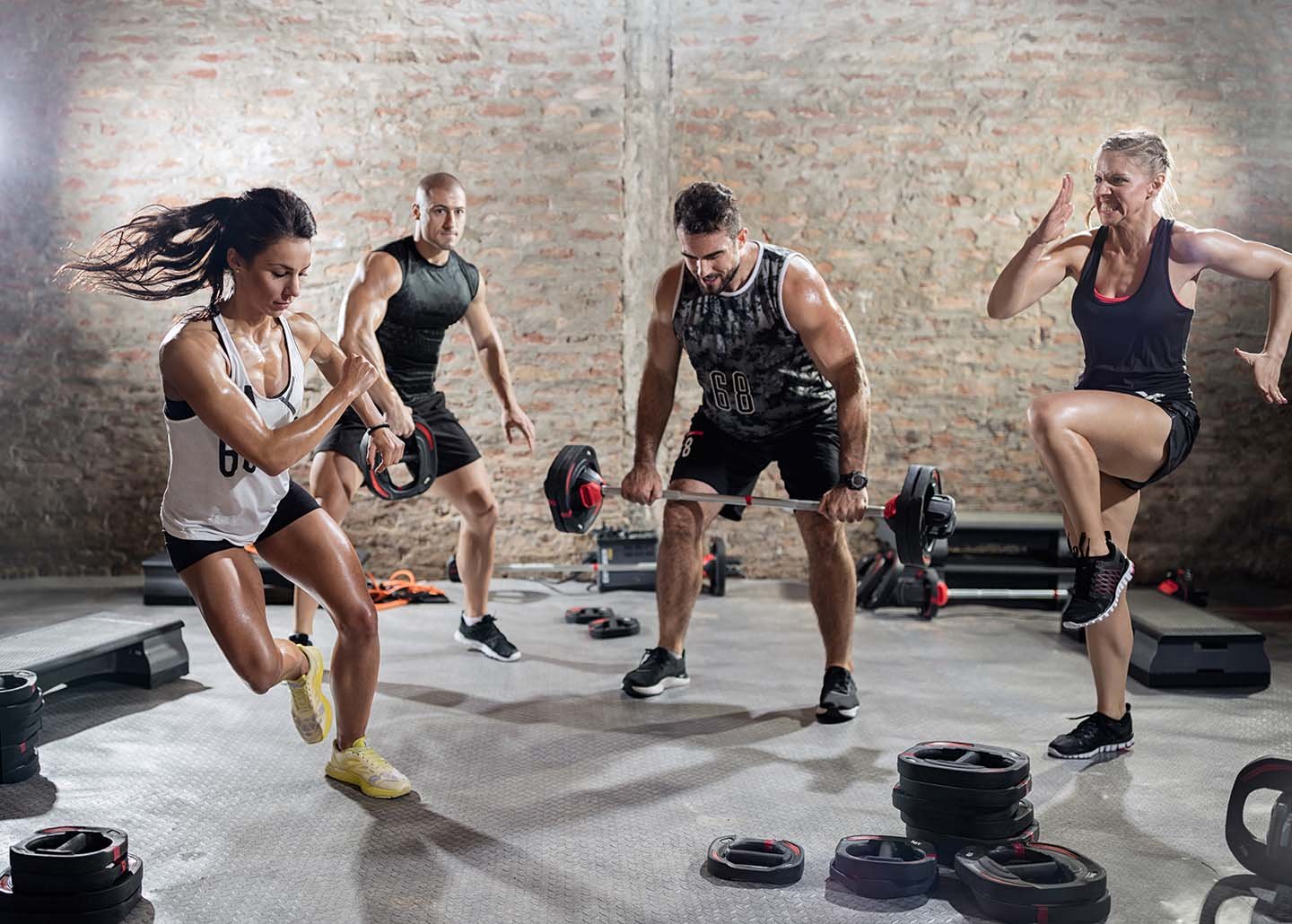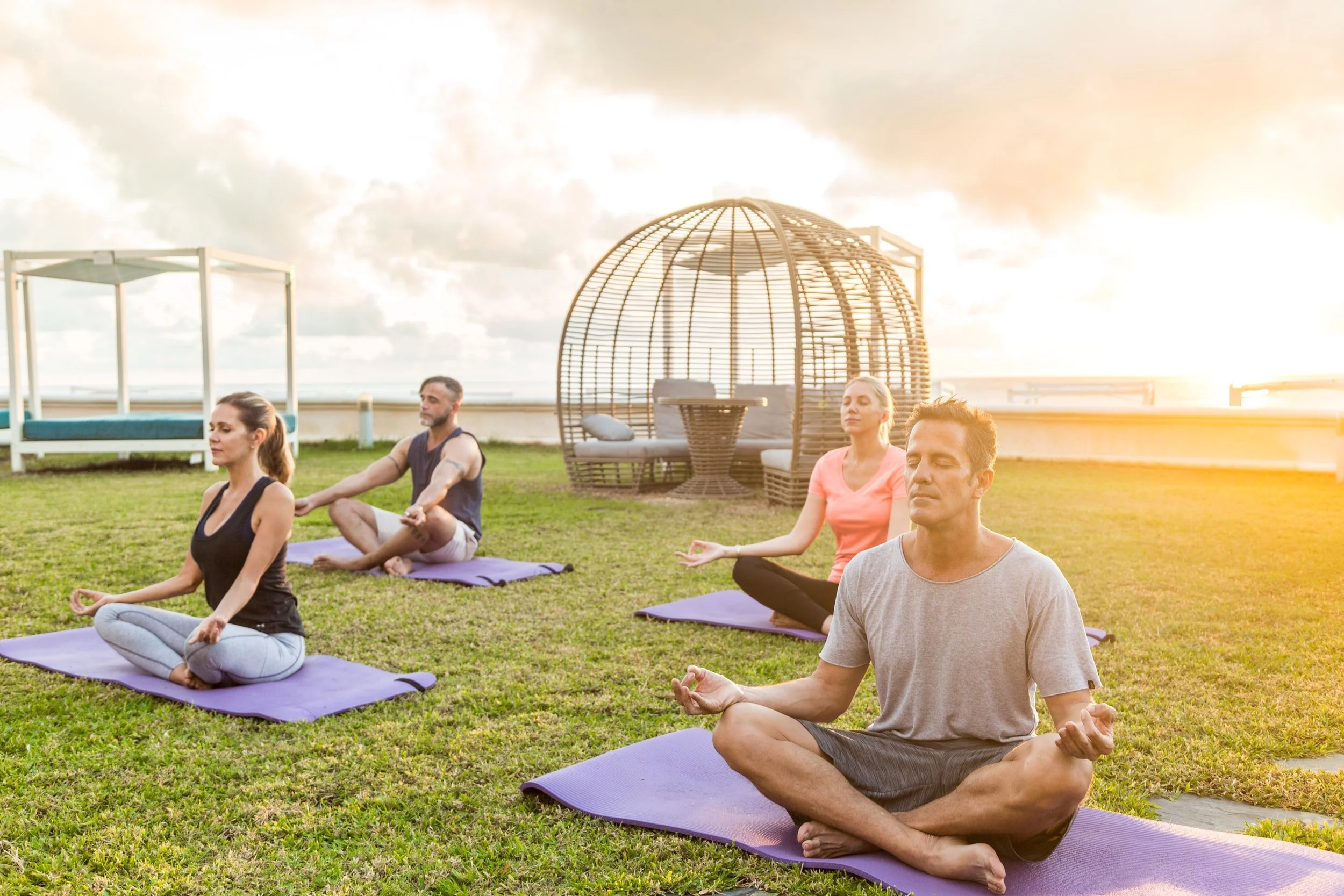Squats or lunges, which is better?
Which is best for strengthening your legs and buttocks - squats or lunges
If you want to strengthen your hips, calves, and glutes, do lunges and squats. These two exercises pump the same zones, but they cannot be considered the same. There is an opinion that lunges are not as productive as squats, so they can be completely excluded from a fitness program. At the same time, squats are not suitable for everyone, as they have potential to harm the knees. The truth is somewhere in between. So, which is better for strengthening your legs and buttocks - squats or lunges? Let's try to figure it out.
Arguments in favor of lunges.
Lunges - the exercise is primarily aimed at working out the muscles of the buttocks, calves, quadriceps (Musculus quadriceps femoris), hamstrings, hip flexors (Iliopsoas). Lunges are great for building the gluteus medius, which is responsible for the shape of your glutes. So, if you want a nice butt, incorporate lunges into your exercise program. In addition, lunges train balance and improve stretching.
Do the exercise correctly for maximum benefit and to avoid injury. The weight should be on the heel of the leg outstretched in front of you, bent at a right angle. The body should be kept upright, so try not to lean forward. Don't stretch your other leg too far and don't touch the floor with your knee. You can keep your hands on your waist to maintain balance. When you learn how to do lunges correctly without falling to the side, you can use dumbbells (dumbbells weighing 1-3 lbs) in each hand.
When performing lunges, especially at the beginning of a workout, you do not need to accelerate. Do this carefully to feel the muscles working. Watch your feet.
Arguments for squatting.
Squat - This exercise targets the hips, glutes, quads, lower back, and part of the torso. Squats work your legs well. Squats have a beneficial effect on building the whole body and help with other non-leg exercises, such as abs and back pumping. Squats strengthen the tendons, ligaments and joints, but only if done correctly. It is important to warm up before squats. Some nuances of proper execution are:
1. The body and neck form a straight line, fixed in one position.
2. When bent, the hips are kept parallel to the floor, as if sitting on a chair.
3. Keep your heels in line and do not lift them off the floor.
4. The pelvis is laid back, the body is straight, the lower back does not bend.
5. The movements are smooth, without jerking.
It is better to do ten squats at a slow, thoughtful pace than twenty quick squats. If your knees hurt after a workout or you hear a crunch, then you did something wrong. Exercise slowly to understand which muscles are working.
There are many variations of squatting. You can put weight on your calves or thighs. To increase the load, squats are performed with weights - dumbbells or a barbell. Squats with a barbell for the buttocks are especially effective.
To sum up briefly.
The choice of exercise depends on your goals, but you should not make a clear choice in favor of only squats or lunges. Each exercise is good in its own way. If you want to "tighten" your glutes, pay more attention to lunges, but do not rule out squats. They strengthen the thighs and calves well - important areas for the formation of beautiful legs. To pump not only the lower body, but also the torso, include in the program various squats with and without weights. Alternate squats and lunges to form amazing legs, and do other exercises that tighten your body as a whole, such as planks.
Squats are more suitable for beginners, as they do not require maintaining balance. When your body is strong enough to do the exercises with confidence, include lunges in the program.











